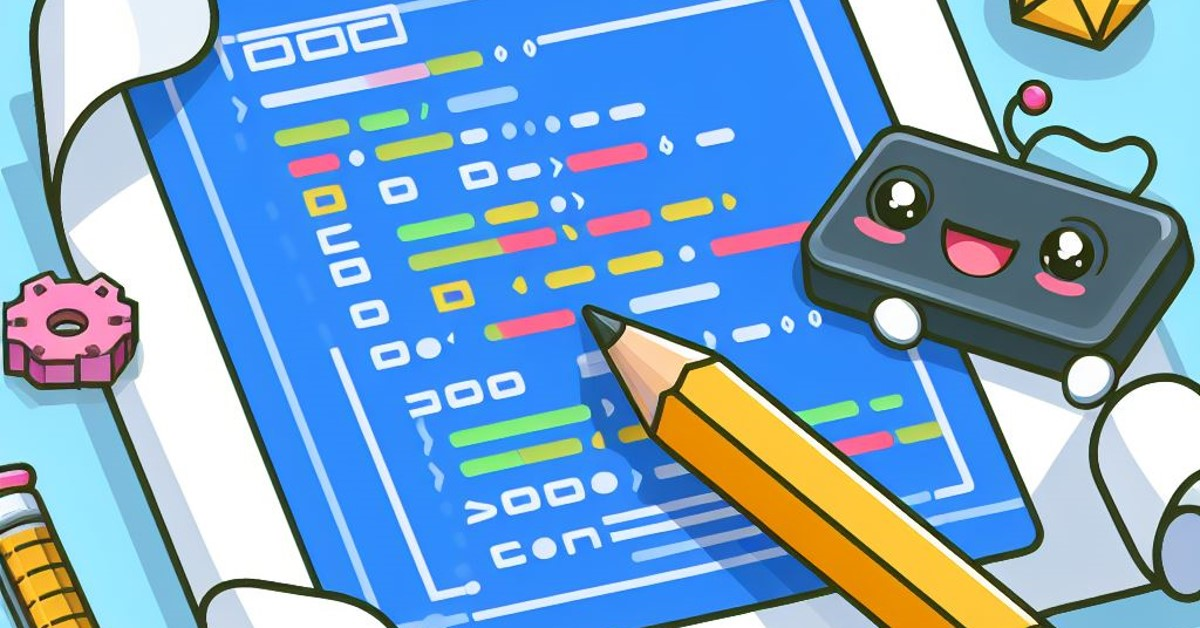C# Fundamentals of OOP
 Marcia Satie
Marcia Satie
Object-oriented programming (OOP) in C# involves creating classes as blueprints (or templates) to generate new objects (instances), encapsulating data and behavior within them.
What a hell?! Ok let's use simpler words:
In the code example below we are creating the class (blueprint) Person, which has methods Name, Age, and Introduce.
From this class, we will generate 2 objects, "John" and "Ana".
John and Ana are 2 new entities with the same methods, Name, Age, and Introduce.
using System;
class Person {
public string Name { get; set; }
public int Age { get; set; }
public void Introduce() {
Console.WriteLine($"Hi, my name is {Name} and I am {Age} years old.");
}
}
// At Main Program:
class Program {
static void Main(string[] args) {
// Creating objects (instances) of the Person class
Person John= new Person();
John.Name = "John Smith";
John.Age = 30;
Person person2 = new Person();
Ana.Name = "Ana Doe";
Ana.Age = 25;
// Calling the Introduce method for each person
person1.Introduce();
person2.Introduce();
}
}
Benefits of OOP:
Modularity: OOP breaks down a program into smaller, more manageable parts (objects) that can be worked on independently.
Reusability: Objects can be reused in different parts of a program or in different programs altogether, reducing the need to rewrite code.
Encapsulation: Objects hide their internal workings and only expose necessary functionalities, making it easier to understand and use them without worrying about their implementation details.
Inheritance: OOP allows new classes (child classes) to inherit properties and methods from existing classes (parent classes), promoting code reuse and reducing redundancy.
Polymorphism: Objects of different classes can be treated as objects of a common superclass, allowing for flexibility and extensibility in the code.
Overall, OOP promotes code organization, reusability, and maintainability, making it a powerful paradigm for building software systems of varying sizes and complexities.
If you liked this post...
<Tag along /> ✧( • ᴗ - ) ✧
Subscribe to my newsletter
Read articles from Marcia Satie directly inside your inbox. Subscribe to the newsletter, and don't miss out.
Written by

Marcia Satie
Marcia Satie
From Canvas to Command-lines Moving from art to coding, I'm fascinated by the idea of making life easier through technology, especially for myself. After years as a 2D animator, I wanted more challenges that could allow me to solve real-world problems creatively, motivating me to dive into this exciting new adventure of learning and innovation.